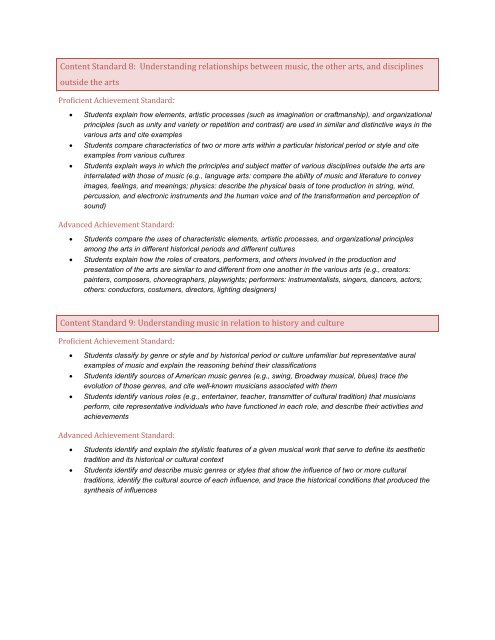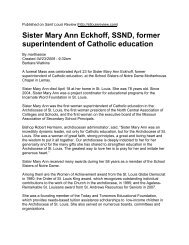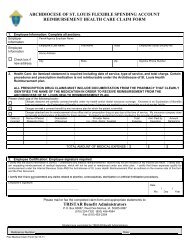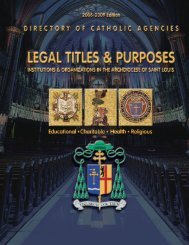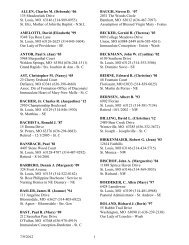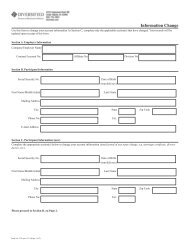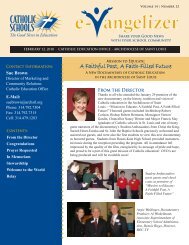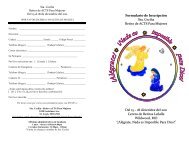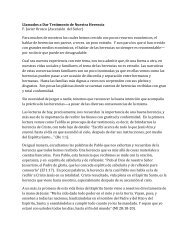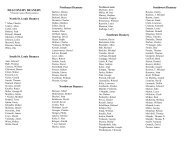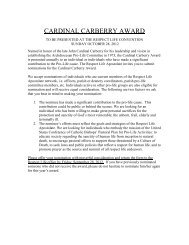Grades 9 -12 National Standards for Arts Education- Music
Grades 9 -12 National Standards for Arts Education- Music
Grades 9 -12 National Standards for Arts Education- Music
You also want an ePaper? Increase the reach of your titles
YUMPU automatically turns print PDFs into web optimized ePapers that Google loves.
Content Standard 8: Understanding relationships between music, the other arts, and disciplinesoutside the artsProficient Achievement Standard:• Students explain how elements, artistic processes (such as imagination or craftmanship), and organizationalprinciples (such as unity and variety or repetition and contrast) are used in similar and distinctive ways in thevarious arts and cite examples• Students compare characteristics of two or more arts within a particular historical period or style and citeexamples from various cultures• Students explain ways in which the principles and subject matter of various disciplines outside the arts areinterrelated with those of music (e.g., language arts: compare the ability of music and literature to conveyimages, feelings, and meanings; physics: describe the physical basis of tone production in string, wind,percussion, and electronic instruments and the human voice and of the trans<strong>for</strong>mation and perception ofsound)Advanced Achievement Standard:• Students compare the uses of characteristic elements, artistic processes, and organizational principlesamong the arts in different historical periods and different cultures• Students explain how the roles of creators, per<strong>for</strong>mers, and others involved in the production andpresentation of the arts are similar to and different from one another in the various arts (e.g., creators:painters, composers, choreographers, playwrights; per<strong>for</strong>mers: instrumentalists, singers, dancers, actors;others: conductors, costumers, directors, lighting designers)Content Standard 9: Understanding music in relation to history and cultureProficient Achievement Standard:• Students classify by genre or style and by historical period or culture unfamiliar but representative auralexamples of music and explain the reasoning behind their classifications• Students identify sources of American music genres (e.g., swing, Broadway musical, blues) trace theevolution of those genres, and cite well-known musicians associated with them• Students identify various roles (e.g., entertainer, teacher, transmitter of cultural tradition) that musiciansper<strong>for</strong>m, cite representative individuals who have functioned in each role, and describe their activities andachievementsAdvanced Achievement Standard:• Students identify and explain the stylistic features of a given musical work that serve to define its aesthetictradition and its historical or cultural context• Students identify and describe music genres or styles that show the influence of two or more culturaltraditions, identify the cultural source of each influence, and trace the historical conditions that produced thesynthesis of influences


